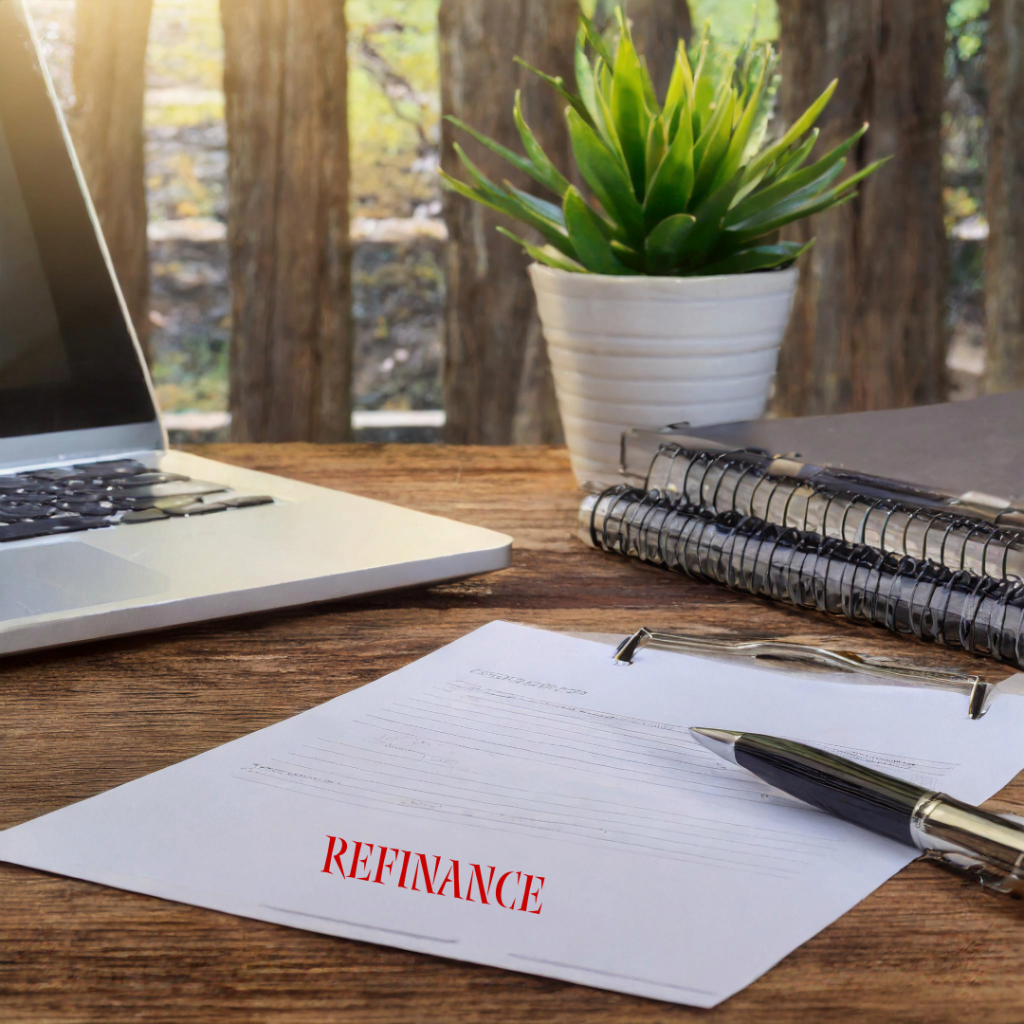Private property owners in Singapore typically refinance their home loans every 2-3 years. This is because once your loan is out of the lock-in period (usually 2 or 3 years from your loan commencement date), the interest rate will start to shoot up. As such, seasoned property investors will refinance about 3 months before their lock-in period expiry.
However, when it comes to refinancing, there are things to watch out for that many owners are not aware of. After all, most of them own only one property and since they only refinance once every 2-3 years, they may not be all that familiar with the process and pitfalls.
Let us examine some of the common features in a home loan that you will need to look out for when refinancing.
- Lock-in Period
- Waiver of penalty upon sale of property
- Clawback Period
- Notice Period
- Appointing of law firm
- Cancellation Fee

- Lock-in Period
The Lock-In Period is the time period within which you will be subjected to an early redemption penalty should you choose to refinance your loan to another financier/bank. In most instances, the lock-in period is 2 or 3 years. The penalty is usually 1.5% of the outstanding loan.
- Waiver of penalty upon sale of property
If you have the intention to sell your property within the next two years (during the lock-in period), it will be good to highlight this to the mortgage broker, who can help source for a loan package that comes with waiver of penalty should you really sell your property within the lock-in period. This can easily save you ten thousand dollars for a $700,000 loan.
- Clawback Period
When you refinance your loan to another bank within 3 years of your current loan’s commencement date, you will have to pay back the cash rebate (sometimes known as the “legal fee subsidy”) which was given to you when you took up your current loan. However, do note that typically most banks do NOT give cash rebates for new purchases. Instead, cash rebates are given only to home owners who are refinancing their loan.
- Notice Period (for Full Redemption)
When refinancing a loan, you need to serve 2 months notice to your current bank before switching over. Otherwise, you have to compensate the current bank for the interest-in-lieu. The notice period used to be 3 months. With effect from June 2021, it was shortened to 2 months.

- Appointing of law firm
Once you have signed your Letter of Offer with the new bank, you will then have to appoint a law firm which will notify your current bank that you will be doing a full redemption. You are highly recommended to appoint a law firm which is on the panel of both banks. If not, you will have to appoint another law firm to act on behalf of the other bank. What this means is that you will end up paying more in legal fees since two lawyers are involved.
- Cancellation Fees
Cancellation fees are incurred when you cancel in whole or in part, the home loan that was approved. One of the common scenarios where you might incur cancellation fee is for a newly TOP project. For Building Under Construction (BUC), the repayment schedule is called Progressive Payment Schedule (PPS). A typical PPS will have a final 15% (of the purchase price) that is still not drawn down yet at the time of TOP.
This final payment is usually due around 12 months after TOP – when the project receives the Certificate of Statutory Completion (CSC). Hence, if you were to refinance right after your project attains TOP, you will incur Cancellation Fee since the final 15% is undisbursed. The Cancellation Fee ranges from 0.75-1.5% of the undisbursed amount.

In Singapore, Buildings Under Construction projects are only allowed to take Floating Rate loans. As the current floating rate interest is very high, many homeowners are finding it a stretch to keep up with the much higher monthly installments, and hence are exploring refinancing to lower their interest and installments. Thus, they will have to calculate if the cancellation fee is lower than the savings they get by refinancing. In addition, when the property achieves its TOP (Temporary Occupation Permit) status, fixed-rate packages become available for their refinancing consideration.

Often, homeowners are unaware that they are eligible to refinance their loan even though there is still a portion of undisbursed loan. Currently, because of the high-interest rates (after the lock-in period), there is a good chance you will be able to enjoy substantial savings by refinancing to a Fixed Rate loan. All you need to do is get in touch with one of our mortgage loan experts who can guide you through the process.
In fact, you can get in touch with our mortgage loan experts for a free consultation right now via the link below, and start saving potentially tens of thousands of dollars on your mortgage.

